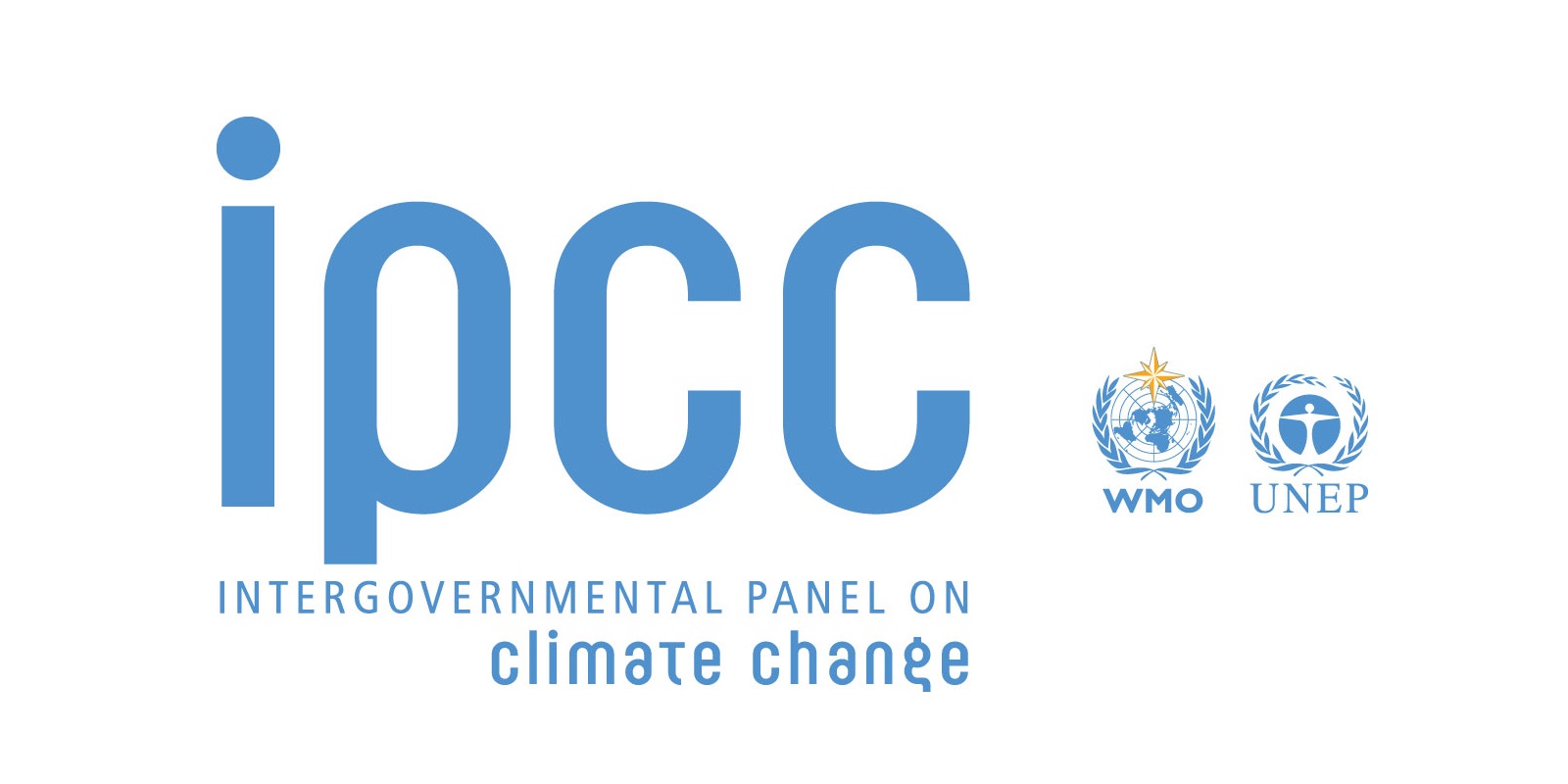
Posted by Ted Feldpausch
16 July 2019Previous research (Feldpausch et al. 2007) by my group showed the variation in rates of carbon uptake by regrowing secondary forests. Our new research published this month refines IPCC default rates used to estimate aboveground net biomass change for tropical and subtropical forest. The results will improve estimates of forest carbon uptake for greenhouse gas accounting.
As countries advance in greenhouse gas (GHG) accounting for climate change mitigation, consistent estimates of aboveground net biomass change (∆AGB) are needed. Countries with limited forest monitoring capabilities in the tropics and subtropics rely on IPCC 2006 default ∆AGB rates, which are values per ecological zone, per continent. Similarly, research into forest biomass change at a large scale also makes use of these rates. IPCC 2006 default rates come from a handful of studies, provide no uncertainty indications and do not distinguish between older secondary forests and old‐growth forests. As part of the 2019 Refinement to the 2006 IPCC Guidelines for National Greenhouse Gas Inventories, we incorporate ∆AGB data available from 2006 onwards, comprising 176 chronosequences in secondary forests and 536 permanent plots in old‐growth and managed/logged forests located in 42 countries in Africa, North and South America and Asia.
We generated ∆AGB rate estimates for younger secondary forests (≤20 years), older secondary forests (>20 years and up to 100 years) and old‐growth forests, and accounted for uncertainties in our estimates (Fig 1). In tropical rainforests, for which data availability was the highest, our ∆AGB rate estimates ranged from 3.4 (Asia) to 7.6 (Africa) Mg ha−1 year−1in younger secondary forests, from 2.3 (North and South America) to 3.5 (Africa) Mg ha−1 year−1 in older secondary forests, and 0.7 (Asia) to 1.3 (Africa) Mg ha−1 year−1 in old‐growth forests (Fig 2). We provide a rigorous and traceable refinement of the IPCC 2006 default rates in tropical and subtropical ecological zones, and identify which areas require more research on ∆AGB. In this respect, this study should be considered as an important step towards quantifying the role of tropical and subtropical forests as carbon sinks with higher accuracy; our new rates can be used for large‐scale GHG accounting by governmental bodies, non-governmental organizations and in scientific research.

Fig 2: Distribution of chronosequences and permanent plots. Coloured areas show the extent of global ecological zones (according to FAO, 2012) included in this study; subtropical ecozones are hatched. (source).

Fig. 1: Examples of (a) an aboveground biomass (AGB)–stand age relationship in a given chronosequence in a secondary forest and (b) ∆AGB rates in a given permanent plot in an old‐growth forest (source).
Read more at: